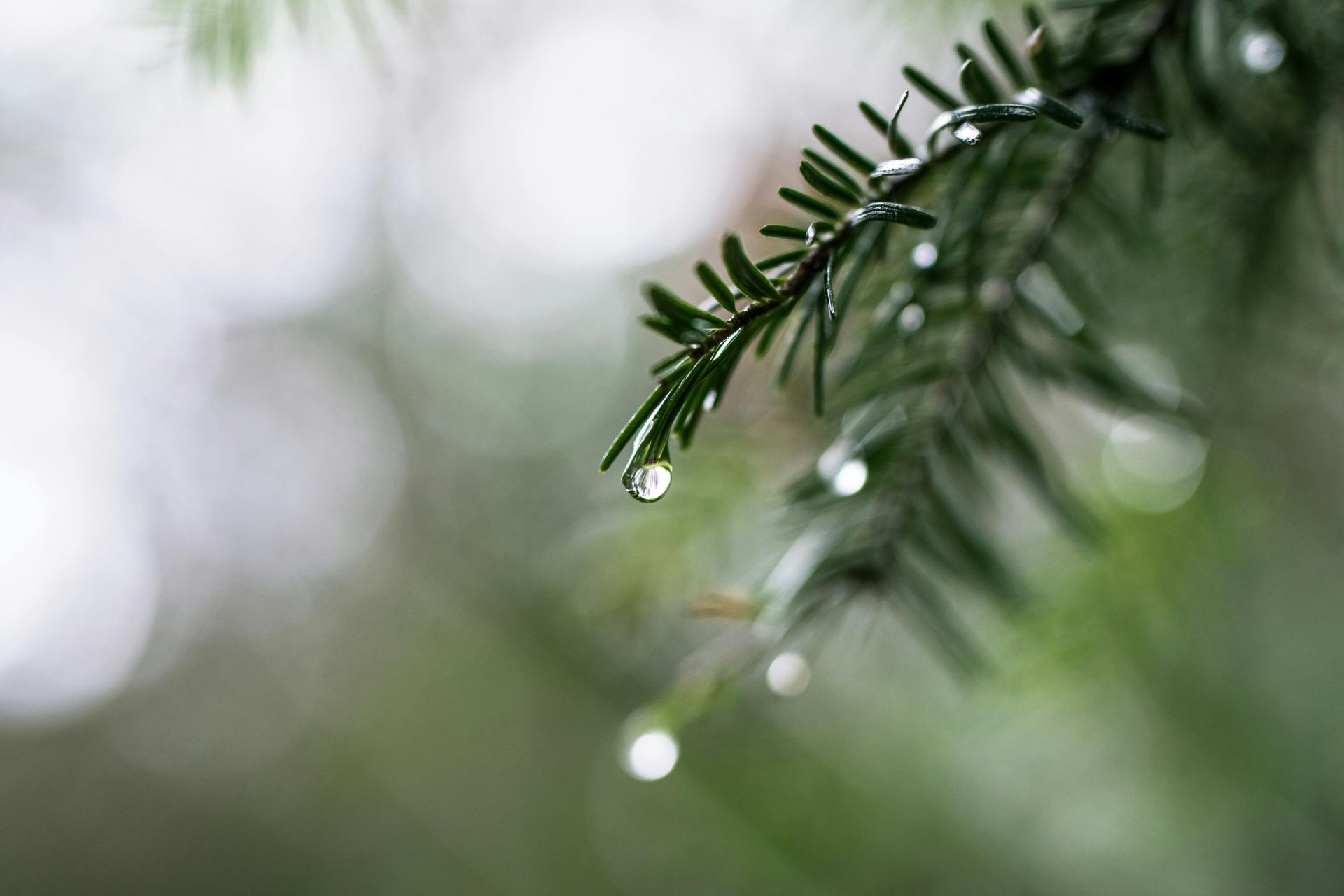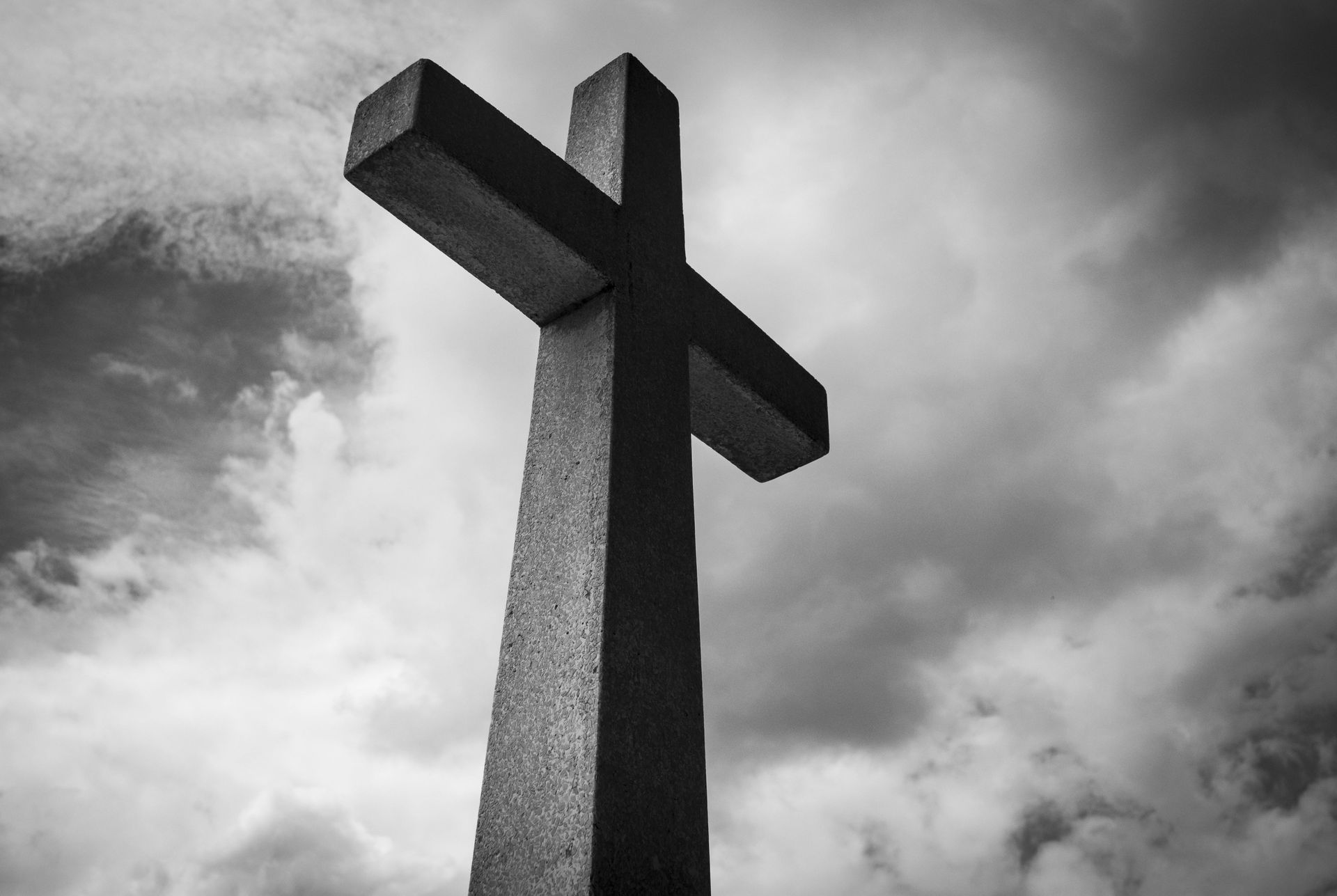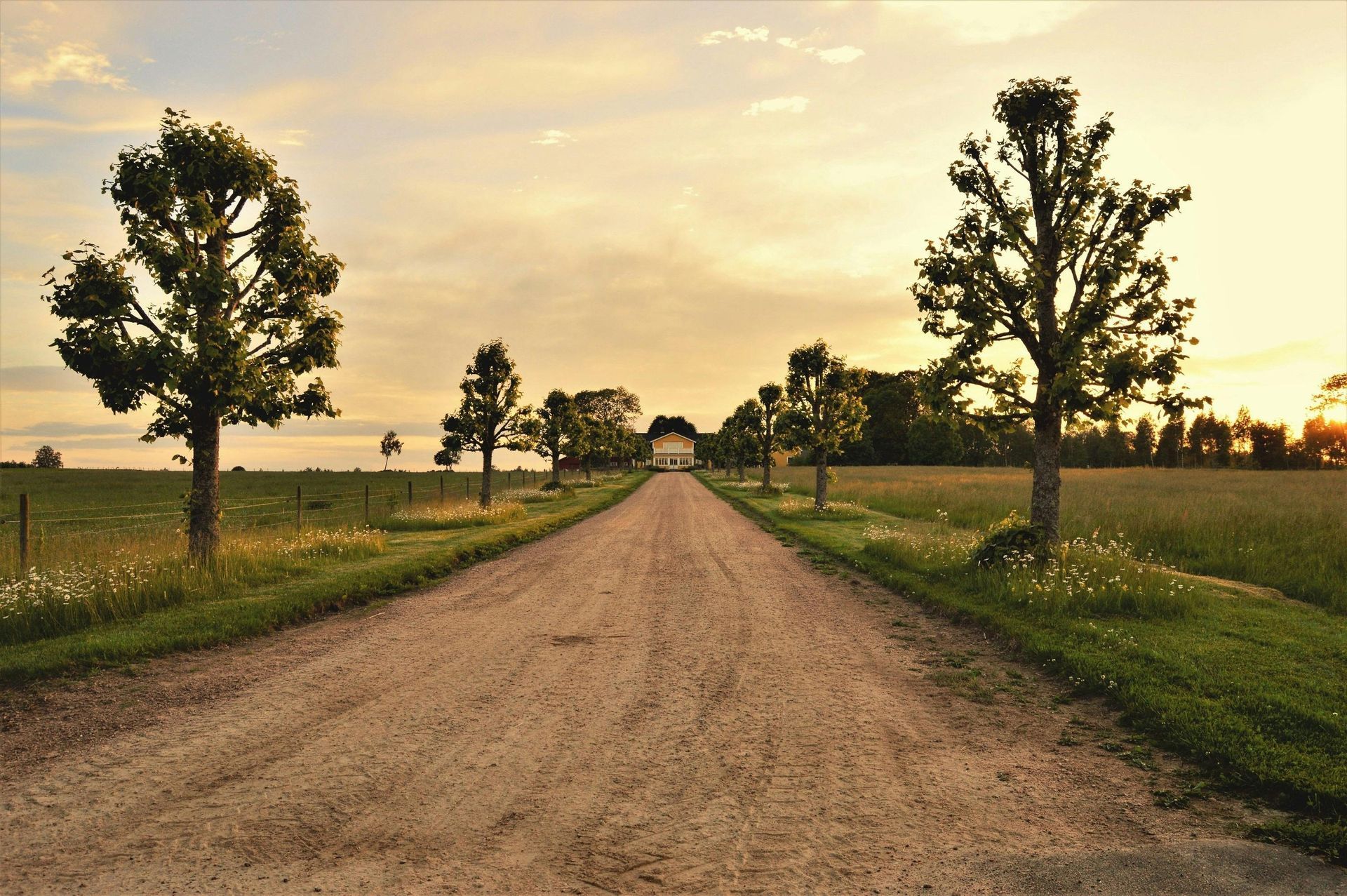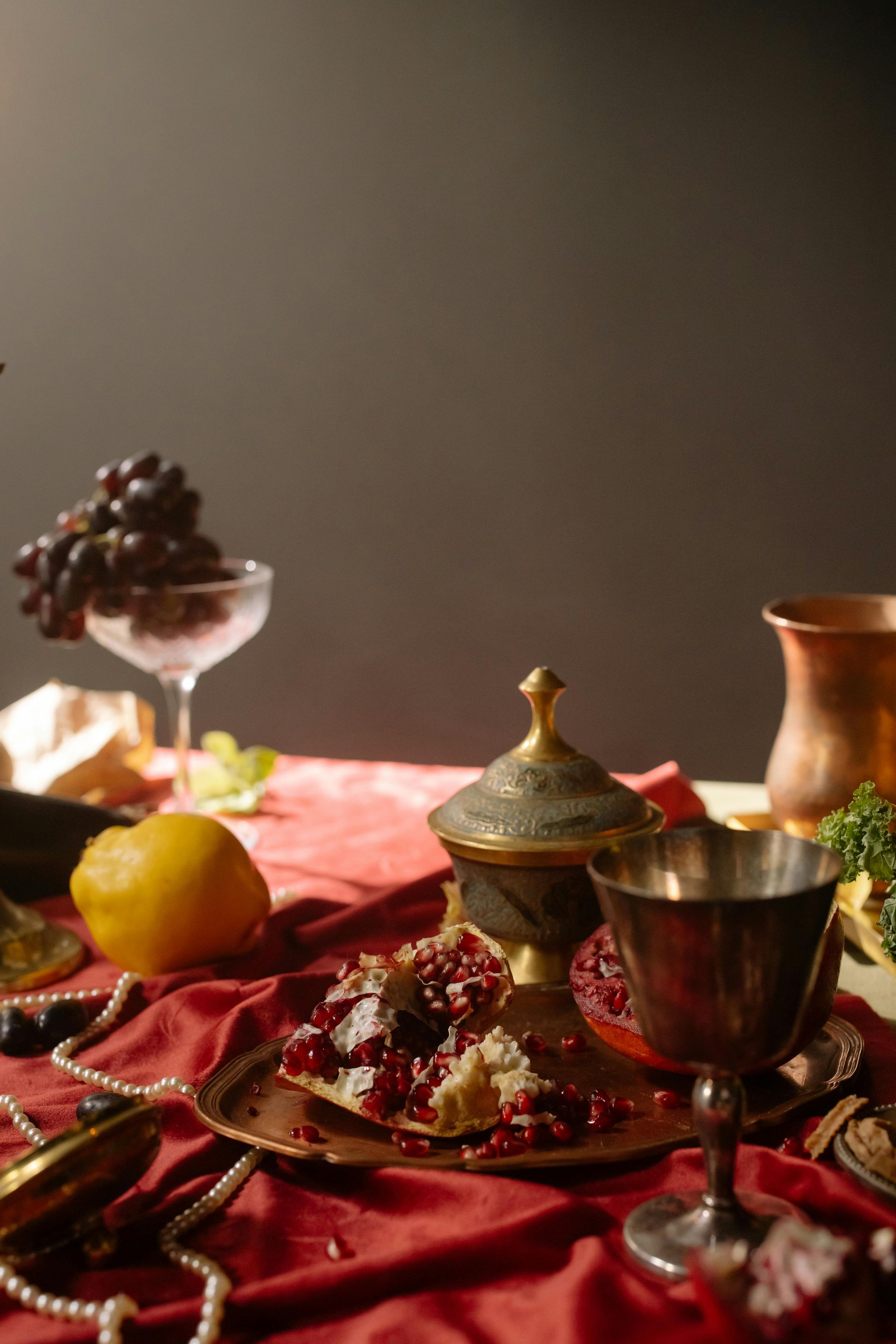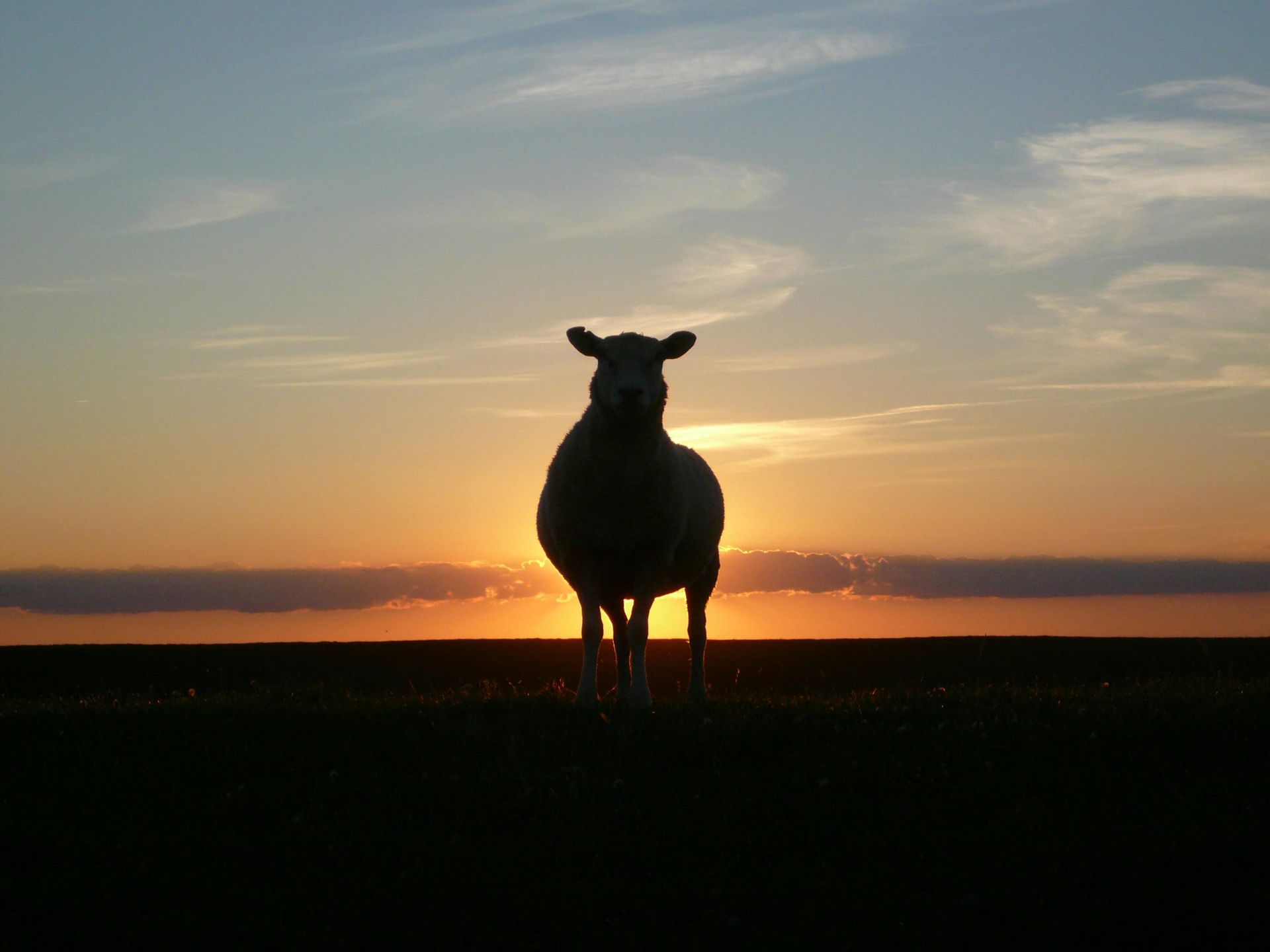His Agony in the Garden
His Agony in the Garden
Dear friends,
It’s snowing outside on the 2nd Monday of November and even sticking to the ground. Is it “beginning to look a lot like Christmas?”
I mentioned earlier that I am presenting Luke 22 in five scenes that look like this:
1 – The Plot and the Passover – 1-23
2 – Jesus’ Thoughts about Greatness – 24-38
3 – His Agony in the Garden – 39-46
4 – The Kiss and the Sword – 47-53
5 – The Disciples’ Fall & the Son’s Faithfulness – 54-71
So far, we’ve looked at the first two and will visit Jesus in the Garden this Sunday. Let me say from the beginning that “enough can’t be said” about this passage. I mean, just the thought that the Bible takes us from the Garden of Eden with a pause in the Garden of Gethsemane before moving onto the Garden of the New Jerusalem is one thing in and of itself…and enough to serve several sermons.
Today is Observation day. Tuesday is Interpretation Day, Wednesday is Correlation Day (that’s a BIG day for a text like this) and Thursday is Application Day and also the day I create the Daily Devotion for the week following the preaching text.
Observation is the who, what, why, when, where and why of a text. This Monday, I see this,
Just after the Last Passover Meal and First Supper, Jesus leads His disciples across the Kidron Valley to the western slope of Mount of Olives in the Garden of Gethsemane. (Many of you have been there). It’s a familiar place of prayer for Jesus just east of Jerusalem. Though He invites them to pray that they would not fall into temptation, they soon fall asleep from sorrow.
Alone, Jesus kneels in deep anguish, praying that, if the Father is willing, the cup of suffering might pass from Him. Yet He surrenders completely, saying, “Not my will, but yours, be done.” An angel appears to strengthen Him as His sweat falls like drops of blood. In this moment, the full weight of obedience presses upon Him.
Returning from prayer, Jesus finds His disciples still sleeping and gently warns them again, “Why are you sleeping? Rise and pray that you may not enter into temptation.” Jesus’ prayer in Gethsemane reveals both His true humanity and His perfect submission to the Father’s will.
Wow. There is so much in that passage. Here are just a few thoughts:
1. Let’s talk about the Kidron Valley.
· Remember when David crossed it running from Absolom?
· Both David and Jesus were rejected kings leaving Jerusalem.
· Both crossed the Kidron in sorrow.
· Both wept on the Mount of Olives.
· But while David fled to save his life, Jesus crossed the Kidron to give His life.
2. What is the Garden of Gethsemane?
The Garden of Gethsemane is from the Aramaic and Hebrew gat šĕmānê, meaning “oil press.” It was an ordinary olive grove where fruit was crushed to extract oil. The name foreshadows the symbolism of what would occur there. Just as olives were pressed to yield oil, Jesus was pressed beneath the weight of sorrow and obedience to yield the salvation God promised.
The garden was situated on the western slope of the Mount of Olives, opposite the Temple Mount and separated from Jerusalem by the Kidron Valley. It was likely a private olive orchard, perhaps owned by a friend or follower, where Jesus often met with His disciples for prayer and rest. On this occasion, Jesus prayed His final, agonizing prayer before Judas led the soldiers to arrest Him in that very garden.
As such, Gethsemane stands as the place of costly obedience. It is the threshold between prayer and passion where Jesus submitted His human will to the Father’s, winning the spiritual victory that made the cross possible. Some people call it the prelude to Calvary, for in that garden the battle for our redemption was already won.
Well, that’s just two thoughts. My heart is on Wednesday where I will work through correlating passages for this text. Already I’m thinking of at least three things:
1 - Adam and Jesus in their respective gardens.
In the Garden of Gethsemane, Jesus stands as the true and better Adam, facing a test of obedience that mirrors and reverses the Adam’s failure in Eden.
Both were placed in a garden and confronted with a decisive choice: Adam with the tree of the knowledge of good and evil, and Jesus with the cup of suffering and divine wrath. Both acted as representatives for all humanity, their choices shaping the eternal destiny of everyone who came after them. Yet where Adam disobeyed, bringing sin and death, Jesus obeyed, offering righteousness and life Adam said by his actions, “Not Your will, but mine be done,” while Jesus prayed, “Not my will, but yours be done.” Adam hid from God in guilt; Jesus sought His Father in prayer. Adam’s rebellion brought the curse; Jesus’ obedience bore it (See Ro 5:12-21). Through Adam, paradise was lost; through Jesus, paradise was regained. So, in the garden of Gethsemane, Jesus reversed what was broken in Eden, conquering through surrender and restoring what the first man destroyed.
2 – The Garden of Gethsemane and the Tabernacle or Temple share an incredible connection. The Tabernacle and Temple were designed as reminders of Eden, adorned with trees, flowers, and cherubim, patterned after the first garden where God walked with Adam and Eve before the Fall. Both served as sacred spaces where heaven and earth overlapped, guarded by priests who echoed Adam’s original calling to serve and keep the holy place and foreshadowed Jesus’ perfect obedience in the Garden of Gethsemane.
The design of the Tabernacle and Temple pointed forward to Jesus, the true Temple, and ultimately to the New Jerusalem, where creation itself becomes a restored garden-temple filled with God’s glory. In this way, the Bible’s story moves from the garden lost in Genesis, to the garden symbolized in the Temple, to the garden restored in Revelation, i.e., the full circle of redemption.
In Gethsemane, that story reaches its turning point. Jesus moves deeper into the garden as the high priest once moved deeper into the sanctuary, alone and interceding for others. There, He offers not an animal but Himself, surrendering His will as the perfect sacrifice. The garden becomes the new holy of holies, sanctified not by gold or incense but by the blood and obedience of the Son. In Gethsemane, the shadows of the Temple find their fulfillment, for the presence of God dwells fully in Christ, and through His submission, the way to that presence is forever opened.
3 – The Garden of Gethsemane and biblical theology.
As I mentioned at the beginning of this View, the story of Scripture begins in a garden, pauses in a garden, and ends in a garden. In Eden, humanity fell through disobedience, choosing its own will over God’s and bringing death into creation. In the Garden of Gethsemane, Jesus, the second Adam, reverses that tragedy by praying, “Not my will, but yours be done.” In those words, Jesus obeyed where Adam rebelled and began the restoration of all that was lost. From there, the story moves toward the Garden of the New Jerusalem in Revelation 22, where the curse is lifted, the tree of life blooms again, and God dwells forever with His redeemed people. So, in Gethsemane, the long fracture of sin begins to heal.
The Bible’s garden imagery traces the full arc of redemption, from paradise lost, to paradise redeemed, to paradise restored, showing us that what was broken in the first garden is restored through obedience in the second and made perfect in the final one.
Think about those Gardens and these two texts:
Romans 5:18-19 – Therefore, as one trespass led to condemnation for all men, so one act of righteousness leads to justification and life for all men. 19 For as by the one man's disobedience the many were made sinners, so by the one man's obedience the many will be made righteous.
Hebrews 10:11-13 - And every priest stands daily at his service, offering repeatedly the same sacrifices, which can never take away sins. 12 But when Christ had offered for all time a single sacrifice for sins, he sat down at the right hand of God, 13 waiting from that time until his enemies should be made a footstool for his feet. 14 For by a single offering he has perfected for all time those who are being sanctified.
And then sing with me….
Man of sorrows what a name
for the Son of God, who came
ruined sinners to reclaim:
Hallelujah, what a Savior!
He was lifted up to die;
"It is finished" was his cry;
now in heaven exalted high:
Hallelujah, what a Savior!
When he comes, our glorious King,
all his ransomed home to bring,
then anew this song we'll sing:
Hallelujah, what a Savior!
Friends, how will you and I ever tell the whole story in just one CG and preaching hour? We won’t be able to. But we will rejoice in what we know, what we are able to share and how it changes everything!!!
Well, that’s The View from My Study this Monday morning and it is glorious. I hope like the falling show, the glory of Luke 22:39-46 will beautify your week. Now, let’s walk our way into the text by meditating on it day and night this week as we prepare to lead our CGs into the wonderful pages of Scripture.
(Remember, the TRAP blueprint is Observation, Interpretation, Correlation and Application in another format)
Monday, the 10th. Read Luke 22:39
Think. Jesus left the upper room and went out to the Mount of Olives, “as was His custom.” Even on the eve of His arrest, He followed His habit of prayer and fellowship with his Father, though, on this occasion, he carried the weight of the cross with him.
Reflect. What does Jesus’ pattern of returning to prayer teach you about the need to practice spiritual disciplines?
Apply. Spiritual strength is formed in daily habits long before it is tested by a crisis. This week, let Jesus’ example remind you that steady faithfulness in prayer prepares you for moments of trial. Then, lead your CG in prayer as you gather.
Pray. Yes, pray as a spiritual discipline. And then commit yourself to daily prayer so that you will be anchored you when life’s pressures mount. Then remind your CG of the importance of prayer and model it for them.
Tuesday, the 11th. Read Luke 22:40–41
Think. When Jesus reached the garden, He said to His disciples, “Pray that you may not enter into temptation.” Then He went further into the garden, knelt down, and prayed. Even as He invited His followers to pray, He went farther in to meet with the Father alone.
Reflect. Jesus encouraged his disciples to pray because he knew they too would face trials. What does this teach about prayer as preparation rather than reaction?
Apply. Like the disciples, we often wait to pray until the crisis arrives. But you should be praying specifically now, about things going on in your life. Jesus shows that prayer is how we stand firm before temptation comes. How can you apply this in your CG this week?
Pray. Don’t pray in generalities. Pray specifically. Where/about what should you be praying today. Pray specifically about this. What can your CG pray specifically about this week?
Wednesday, the 12th. Read Luke 22:42
Think. Jesus prayed, “Father, if You are willing, remove this cup from Me. Nevertheless, not My will, but Yours, be done.” The “cup” symbolized the full measure of suffering and divine judgment He would bear for sinners. In His humanity, Jesus felt the weight of that cost, yet in perfect obedience He surrendered to the Father’s will.
Reflect. What does Jesus’ prayer reveal about the tension between human weakness and divine obedience? Where do you know your CG members are struggling in the tension between their weakness and their obedience?
Apply. You and your CG members may be struggling in certain areas. Remember that faith is not the absence of struggle but the willingness to submit through it. When obedience feels painful for you, echo Jesus’ words: “Not my will, but Yours.” Help your CG members realize this.
Pray. Thank Jesus for His willing submission, for his model and ask the Lord to grant you His strength and wisdom in the life you are called to live today.
Thursday, the 13th. Read Luke 22:43–44
Think. An angel appeared from heaven to strengthen Jesus, yet His agony deepened, and His sweat fell like drops of blood. The Father did not remove the suffering but gave grace to endure it. Strength came through surrender, not escape.
Reflect. When has God strengthened you instead of sparing you? How does this change how you pray in suffering? How can you explain this truth to your CG members this week?
Apply. In your Gethsemane, remember that God’s help often comes as endurance rather than deliverance. The same Father who sustained Jesus will sustain you.
Pray. Who in your CG is enduring hardship? Pray for them today. Ask God for strength for them to endure the trials that fulfill His will, not the removal of every hardship. That’s a mind shift indeed, but one you should learn and lead your CG to understand.
Friday, the 14th. Read Luke 22:45–46
Think. Jesus rose from prayer and found His disciples sleeping, “exhausted from sorrow.” He said, “Why are you sleeping? Rise and pray that you may not enter into temptation.” His final words in the garden repeat His first command, to watch and pray. Between those two commands stands Jesus’ perfect obedience.
Reflect. What does this repetition reveal about how Jesus prepares His followers to face weakness? How might you use it to prepare your CG for, or to ensure hardship? This Thanksgiving/Christmas season will bring unique challenges to you and your CG members.
Apply. Remember, temptation always finds the unprepared heart. Stay spiritually awake this week and this season, through watchful prayer, trusting that Jesus’ victory makes your faith secure.
Pray. Confess your tendency to spiritual sleep and then talk to your CG about this. Ask God to keep each of you alert, faithful, and dependent as you walk in the strength of Christ’s obedience, especially during this season.

